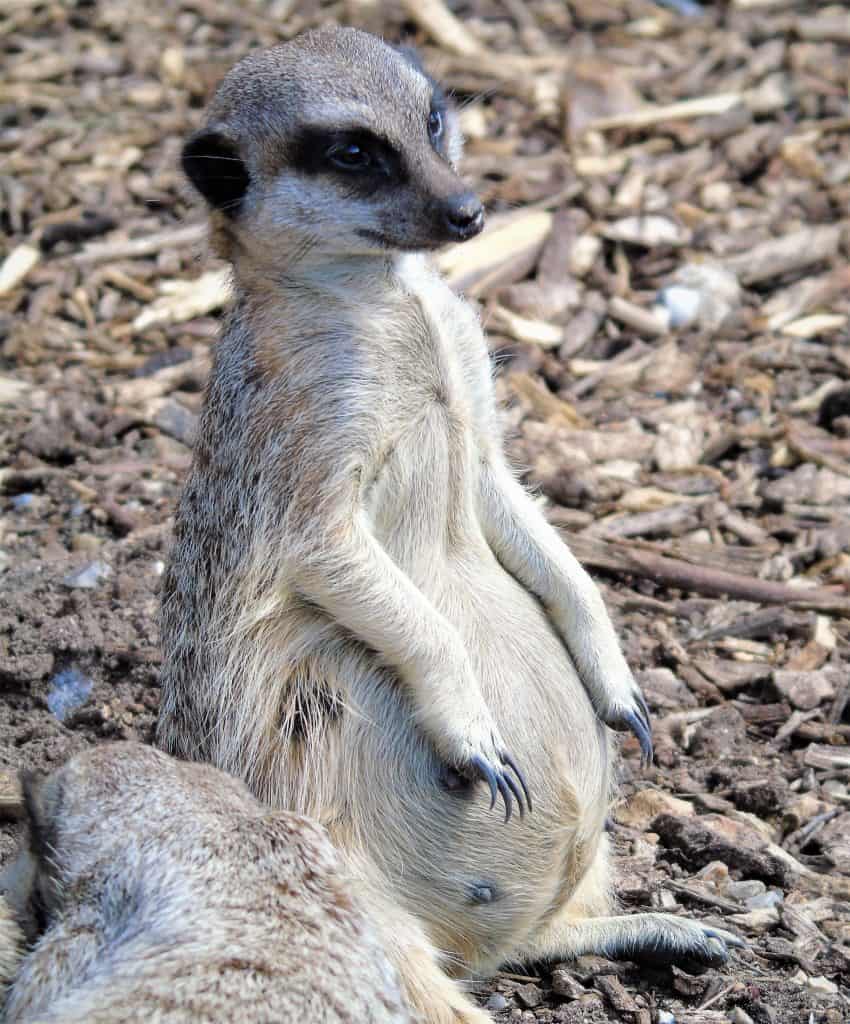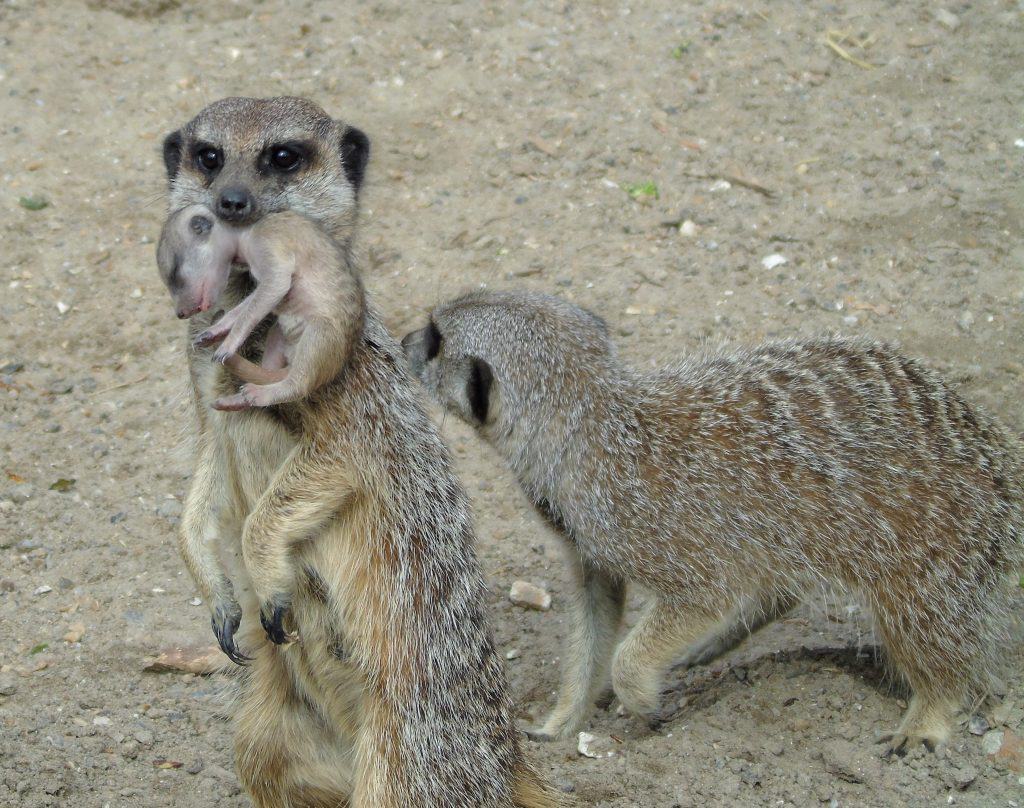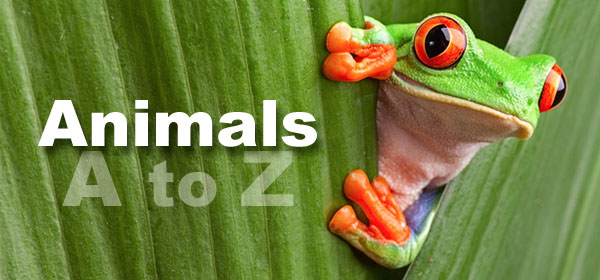Our meerkat mob recently went from 6 to 10. Last year we welcomed 3 pups into the group however this year we went one better with 4 being born. The group includes Ken (Alpha male), Kiara (Alpha female), Pinkie, Axe, Bo, Koshka and then the 4 pups. However, we don’t know the genders at the moment. Apart from the babies, all individuals are quite different in shape, size, colour and personality much like us really.
Meerkat Pups
A Meerkat society is one of cooperative breeding, everyone pitches in to care for the young. Pups start their life deep underground in a birthing chamber lined with grasses and there are usually 3 to 4 in a litter.
We knew Kiara was pregnant because she looked like she had eaten a whole tennis ball. After she’d given birth it was a bit of a waiting game for us keepers as she had given birth in the tunnels. Being born blind, deaf and almost hairless means that staying underground keeps them safe from predators. They won’t emerge from the burrow until they’re about three weeks old.

When that time came here we only saw one pup each time, making us think Ariel had only had one. So, it was quite a surprise when eventually we saw 4 pups emerge from the tunnels.
By about 6 weeks pups are weaned and by one and a half years meerkats will be mature enough to have their own offspring. Meerkats live up to 8-10 years in the wild and up to 12-15 years in captivity.
The Chain of Katmand
They rely on hierarchy and roles for the survival of their species. At the top of the meerkat group is the alpha female. She is usually the largest female in the gang and scratches and fights her way to the dominant position. The alpha female is usually the only member of the group that may become pregnant, so she is the heart and soul of the group. Her gestation period will be about 11 weeks. Our group share the duty of raising the pups by teaching them how to hide, hunt and clean.
Baby-sitting Duty
Kiara needs to spend time foraging to supply her pups with milk, so other females and males stay behind to care for and protect the babies. The mob may sometimes decide to move to a different burrow, and these babysitters help transport the pups, carrying them by the scruff of the neck.

Home and Communication
Both pups and adults are very vocal, they make a peeping sound when playing, which rises to a louder twitter when they are excited, and purr when content.
Meerkats are burrowing animals living in large underground networks with multiple entrances (on average there are 15 entrance and exit holes) which they leave only during the day. At Wingham we have given our group two different substrates in their enclosure, sand and wood chip.

Wild Mobs
In the wild they are found in southern parts of Africa which is dominated by the Kalahari Desert, where there is little rainfall and it is 10 times the size of Great Britain, this land is covered by a soft sand. However, it seems the mob at Wingham enjoy digging down into the woodchip where they’ve made their own tunnel system. This is great to see as it is exactly what they’d be doing in the wild. Keeping us busy with topping the woodchip up and keeping them busy with lots of tunnel making. They will utilize several different burrows and move from one to another, each burrow is an extensive tunnel and room system that remains cool even under the broiling African sun with some being as deep as 2 meters.
Fortunately for meerkats they seem to be doing all right in the wild at the moment being listed as least concern by the International Union for Conservation of Nature‘s (IUCN’s) Red List of Threatened Species. There are currently no major threats to the animals, and their populations are doing well.

Movies and television shows have brought meerkats lots of attention, with many people wondering if they can have them as a pet, which of course you CAN’T! Although they may look cute, meerkats like all wild animals do not make good pets and is illegal to own them without the proper permit and licenses.


